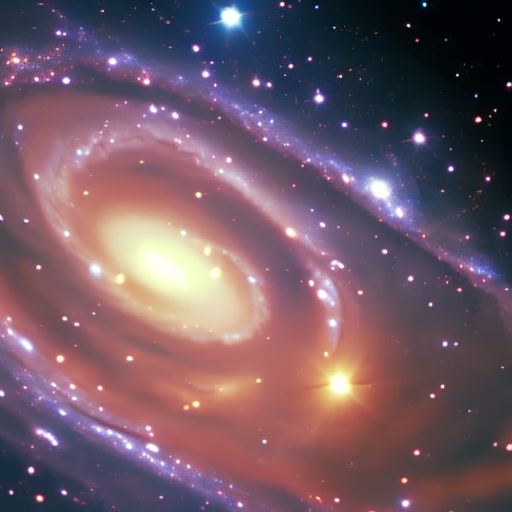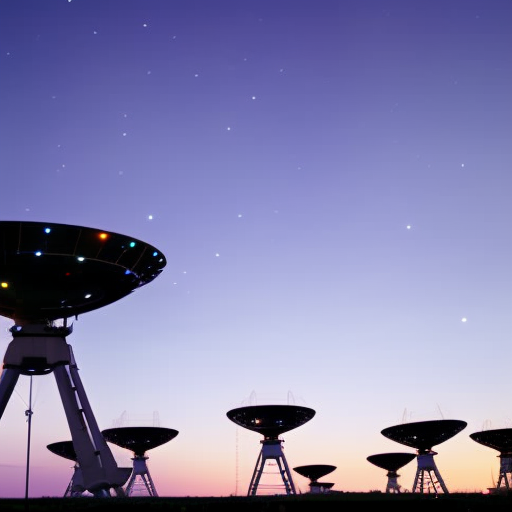Summary:
Observational astronomy is the branch of astronomy that focuses on gathering and analyzing data from celestial objects. It involves the use of telescopes and other instruments to observe and study the universe. Observational astronomers study a wide range of phenomena, including stars, galaxies, planets, and other celestial bodies. They use various techniques and technologies to collect data, such as spectroscopy, photometry, and imaging. The data collected by observational astronomers helps to expand our understanding of the universe and its evolution.
Introduction:
Observational astronomy is a field of study that involves the collection and analysis of data from celestial objects. It is an essential part of astronomy, as it provides valuable insights into the nature of the universe. By observing and studying the light and other forms of radiation emitted by celestial objects, astronomers can gain a deeper understanding of their properties, composition, and behavior.
Telescopes and Instruments:
Telescopes are the primary tools used by observational astronomers. They are designed to collect and focus light, allowing astronomers to observe distant objects in greater detail. There are various types of telescopes, including optical telescopes, radio telescopes, and space telescopes. Each type of telescope is designed to detect different wavelengths of light or radiation.
In addition to telescopes, observational astronomers use a variety of instruments to analyze the light collected by the telescopes. Spectrographs are used to separate the light into its component wavelengths, allowing astronomers to study the chemical composition and physical properties of celestial objects. Photometers measure the intensity of light, while imagers capture images of celestial objects.
Techniques and Technologies:
Observational astronomers employ various techniques and technologies to collect data from celestial objects. Spectroscopy is a technique that allows astronomers to study the chemical composition, temperature, and motion of objects by analyzing their spectra. Photometry is used to measure the brightness of objects over time, providing information about their variability and behavior.
Imaging is another important technique used in observational astronomy. By capturing images of celestial objects, astronomers can study their structure, morphology, and evolution. Advanced imaging technologies, such as adaptive optics and interferometry, allow astronomers to overcome the limitations imposed by Earth’s atmosphere and obtain sharper and more detailed images.
Areas of Study:
Observational astronomers study a wide range of celestial objects and phenomena. They observe and analyze stars, galaxies, planets, asteroids, comets, and other objects in the universe. By studying the light emitted by these objects, astronomers can determine their distance, age, composition, and other properties.
Stellar astronomy focuses on the study of stars, including their formation, evolution, and death. Galaxies, which are vast collections of stars, gas, and dust, are another area of interest for observational astronomers. They study the structure, dynamics, and evolution of galaxies to understand how they form and evolve over time.
Planetary astronomy involves the study of planets, moons, and other objects in our solar system and beyond. Astronomers use telescopes and spacecraft to observe and study the surfaces, atmospheres, and interiors of planets. They also search for signs of life on other planets and moons.
Conclusion:
Observational astronomy plays a crucial role in expanding our knowledge of the universe. By collecting and analyzing data from celestial objects, astronomers can unravel the mysteries of the cosmos. The use of telescopes, instruments, and advanced technologies allows them to observe and study stars, galaxies, planets, and other celestial bodies in great detail. The data collected by observational astronomers helps to advance our understanding of the universe’s origins, evolution, and composition.












